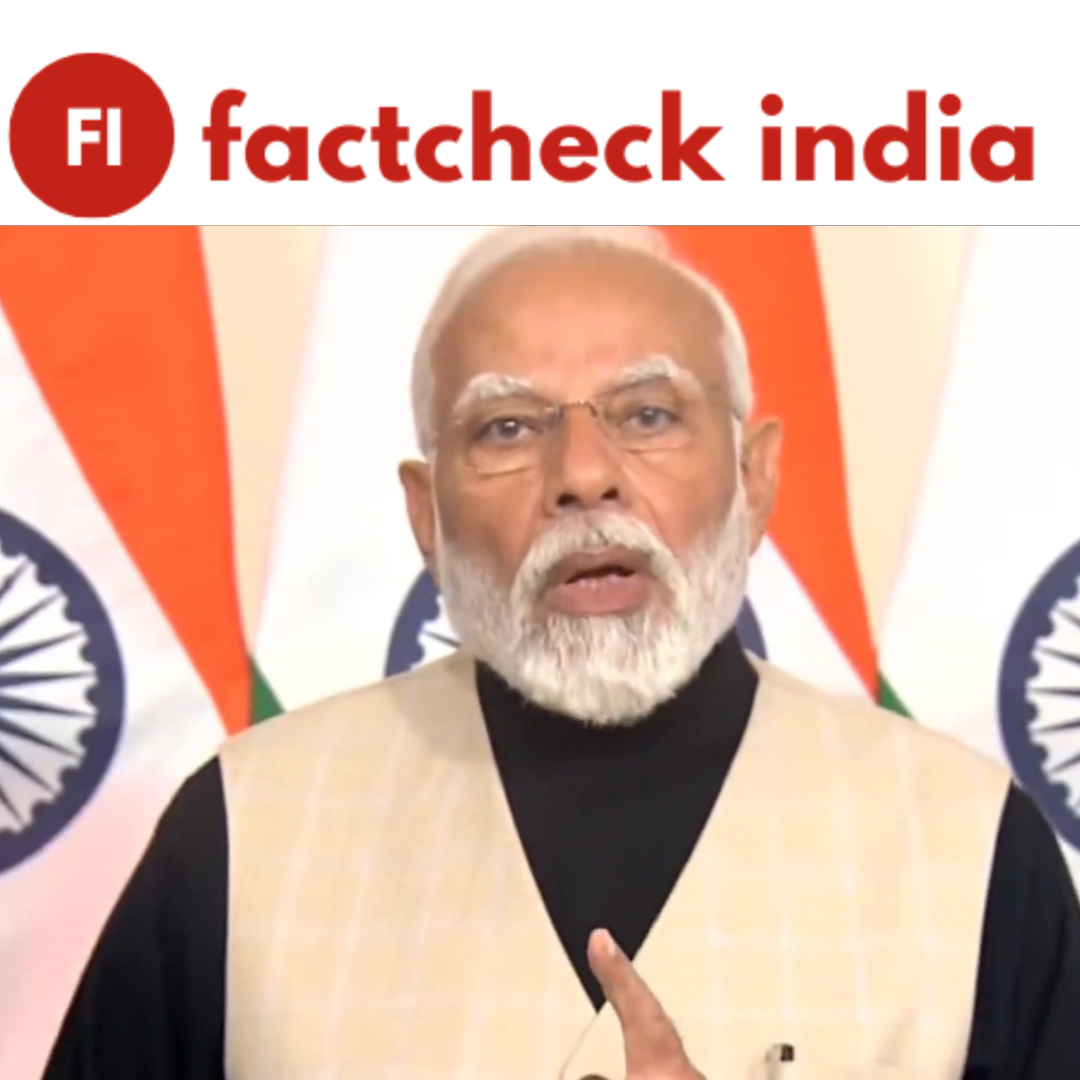What Happened?
Prime Minister Narendra Modi on Sunday announced the launch of a nationwide ‘GST Utsav’ beginning September 22, 2025 and coinciding with the first day of Navratri. Calling it a “festival of savings for every Indian,” PM Modi said the new GST reforms will make everyday goods cheaper and boost consumer confidence.
Why Does It Matter?
This is being described as the biggest indirect tax reform since GST was first rolled out in July 2017. With a simplified two-slab structure and 5% and 18% and a higher 40% tax reserved only for luxury and sin goods, the new GST system, also dubbed GST 2.0, is designed to reduce tax burden on households, streamline compliance, and give a push to industries. For the poor and middle class, PM Modi emphasized, it means “double benefits” through savings and ease of purchase.
Where Was It Announced?
The announcement came during the Prime Minister’s address to the nation on Sunday evening, shortly after the Prime Minister’s Office had posted on X (formerly Twitter) that Modi would speak at 5 PM. The reforms were finalized at the 56th GST Council meeting, where both Union and state governments reached consensus.
When Will It Start?
The new GST reforms come into effect from September 22, 2025 — the day after Modi’s address — effectively launching the GST Utsav across the country. The timing is significant, as it aligns with the festive shopping season starting from Navratri, a period when consumer demand typically rises.
Whom Does It Affect?
- Consumers: Everyday buyers will see price reductions on essential goods, consumer items, and even some automobiles.
- Industries & Businesses: Simplified slabs are expected to lower compliance burdens and encourage production.
- Government & States: The reforms are pitched as a cooperative federal success, showcasing Centre–state collaboration in implementing tax reform.
How Will It Work?
- Two-Slab GST: Most items now fall under 5% or 18%.
- Super Luxury Tax: Only goods like luxury cars, tobacco, and high-end demerit products attract 40%.
- Cheaper Goods: Rate cuts announced earlier this month are expected to reflect immediately in retail markets.
- Festival Effect: By linking GST reforms to Navratri, the government aims to boost festive season spending and strengthen the economy.
Conclusion
The ‘GST Utsav’ is being presented as more than a tax reform — it’s framed as a national celebration of savings, timed with India’s festive season. While the impact will depend on how businesses pass on the benefits to consumers, one thing is clear: from September 22, India enters the era of GST 2.0, a system the government claims will bring relief to households, energize industries, and symbolise cooperative federalism.

